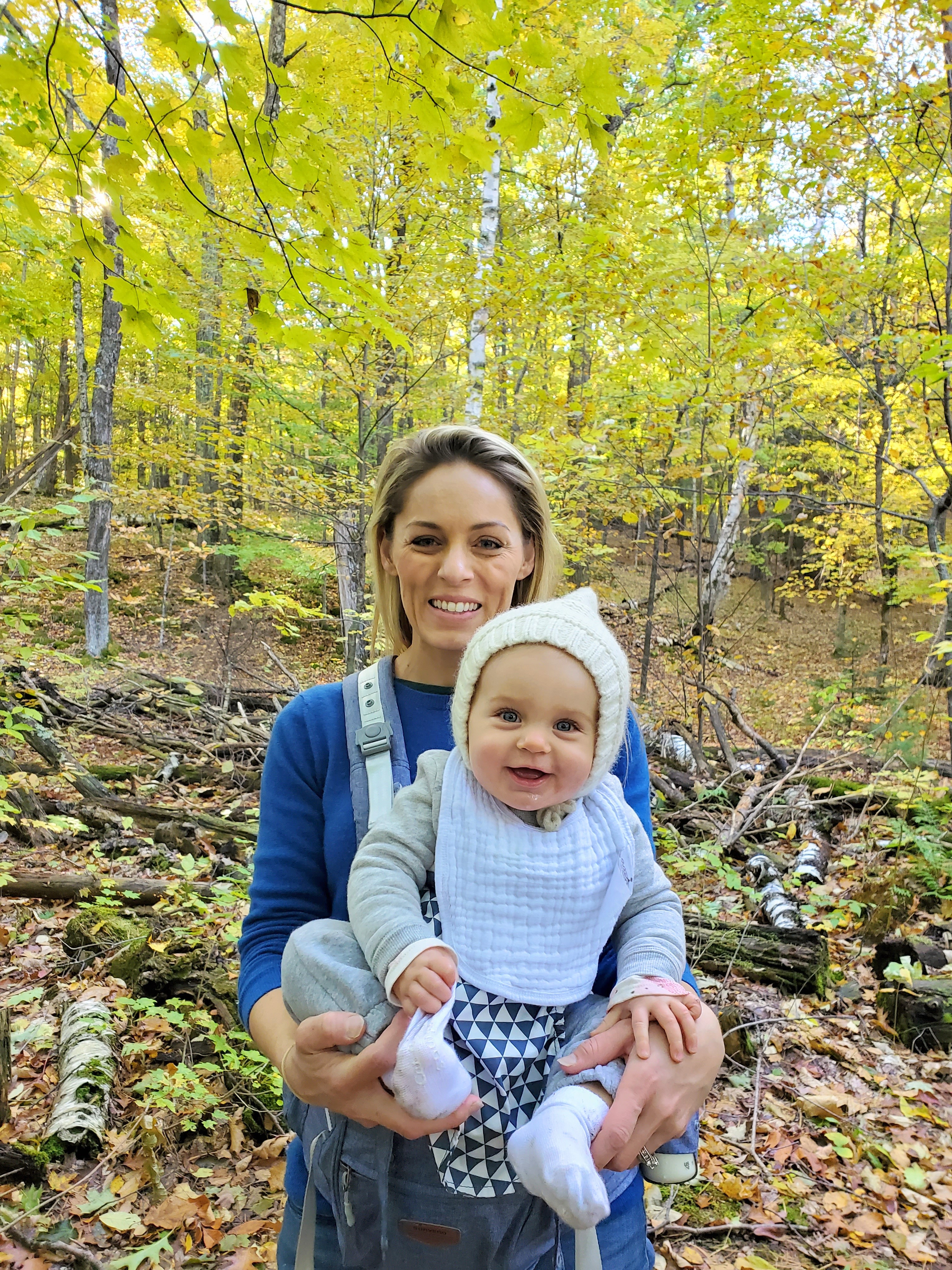
There are so many wonderful reasons to add some trees to your landscape! Shade, privacy, beauty, variety, animal habitat, clean air- the list goes on. So if you’re ready to plant I’m happy for you! I never thought I’d be excited to choose and plant trees. Maybe it has to do with owning land or a home and taking pride in its appearance. I remember my grandpa used to plant a new tree for each grandchild. We each had our tree with a wooden sign that had our name on it, and we took a picture with it each year. I thought it was neat. Whatever your reason, it’s fun to put something in the ground and watch it grow.
Question: When is the best time to plant trees?
Answer: It depends on the type and size of the tree. Typically:
- Small fruit trees- in the spring
- Small deciduous trees (trees that drop their leaves)- spring or fall
- Large deciduous trees (need a spade truck)- late fall, after they begin to drop their leaves/go dormant
- Evergreen trees- late spring, summer, or early fall
Ok, let’s elaborate. First of all, this list refers to planting in cooler climates, such as the midwest/north. Second, this list is a rule-of-thumb, meaning that there can certainly be exceptions. If you’re still unsure, check with an experienced person at the nursery where you’re buying your trees.
Small deciduous/fruit trees
As long as smaller trees are well taken care of, meaning they are planted correctly and kept watered, you should be able to plant them just about any time in the spring, summer, or fall, although it is best to avoid summer if you can. It can be difficult for newly planted trees to develop a new root system and support leaves at the same time, so if they are not watered regularly they can get “transplant shock” and drop their leaves to focus on their roots.
We had a couple river birch trees that we planted at the end of august last year that this happened to. Despite regular watering, their leaves all turned yellow and dropped within two or three weeks. The trees came back this spring, but not all of the low branches have leaves. So try to avoid those hot summer months!
Large deciduous trees

When I say “large” tree, I am talking about one that will probably be spaded in. If you’ve never seen a tree spaded in before, it’s actually pretty neat- my kids love watching the big trunk. Talk about instant gratification and landscape- one second, empty grass, the next, giant tree!
Even though they bring a lot of dirt with them, it would stress a tree of this size too much to try to move it during the summer. It is best to move them either before they start to bud leaves (or as soon as the ground thaws) in the spring, or after they start to drop their leaves to go into dormancy in the fall. This way they don’t have to try to support their leaves while growing new roots.
We chose to spade in a few maple varieties and a hackberry late last fall and they all look great this spring.

Evergreen trees
I have seen mixed reviews on this. Some sources say either spring or fall, which I actually think would be ok for smaller sized evergreens. Our tree guy recommends after their growth spurt in the spring and before late fall- they need a chance to get their roots established before going into winter. Last year we planted almost 25 evergreens of various size, including arborvitae, norway spruce, black hills, and blue spruce- all were planted in late summer and watered well, and they all look great this spring and are all showing new growth.
Just remember that whatever you’re planting, remember to plant it

right!
- Call diggers hotline! Whether you’re using a shovel, and auger, or a spade truck, ALWAYS call them. The last thing we want is for someone to get electrocuted, or to hit any buried power, phone, or internet lines. If you’ve hired a company to do the planting, they will most likely make this call, but double check to be sure. Not only is it dangerous not to, but you’ll likely also be paying a fine, plus any repair costs.
- Make sure your hole is 2-3x this width of your root ball.
- Water and mulch afterwards. Mulch will not only inhibit competing weeds, it will help your tree retain moisture.









